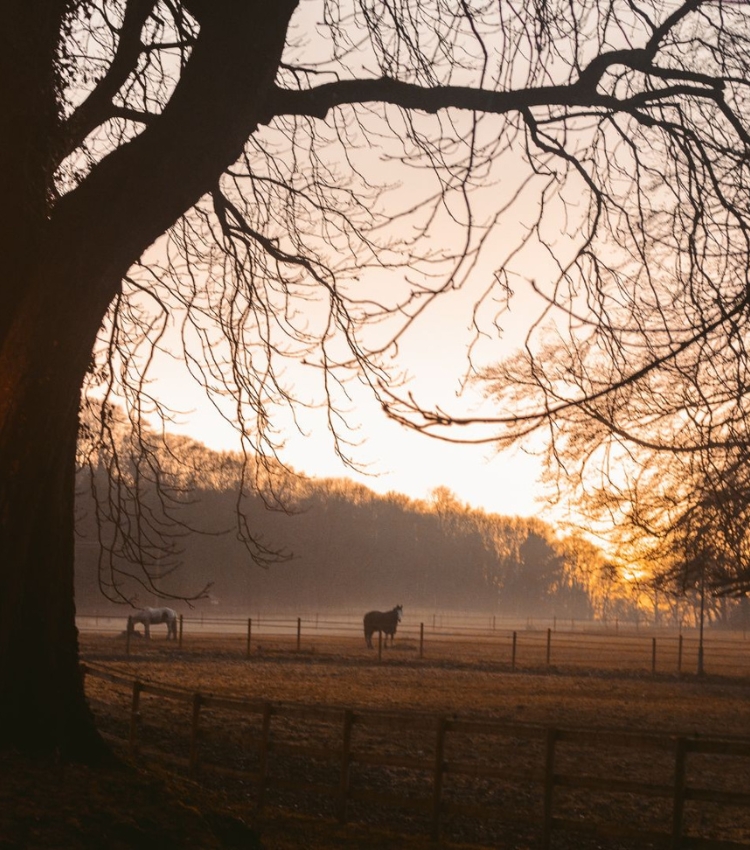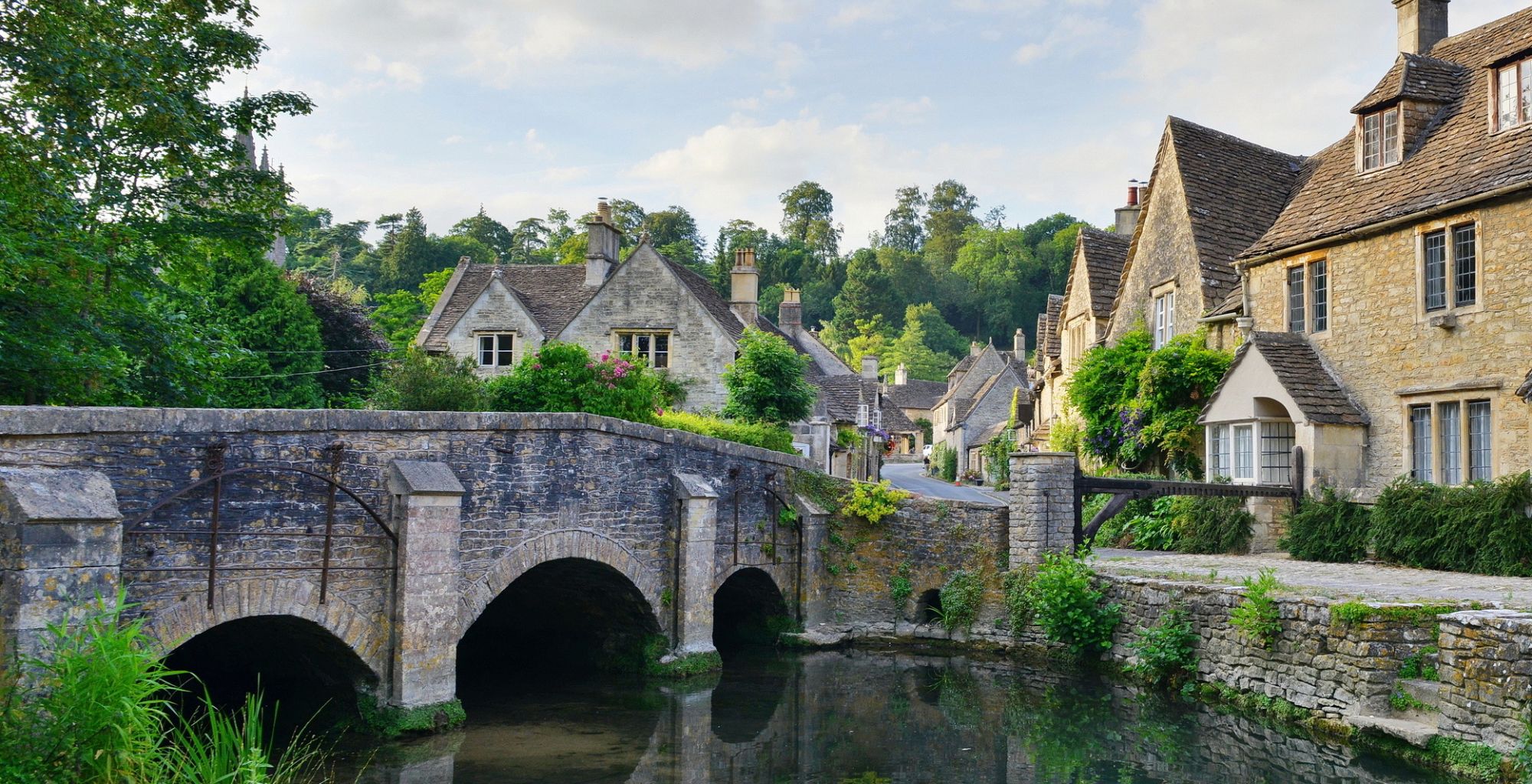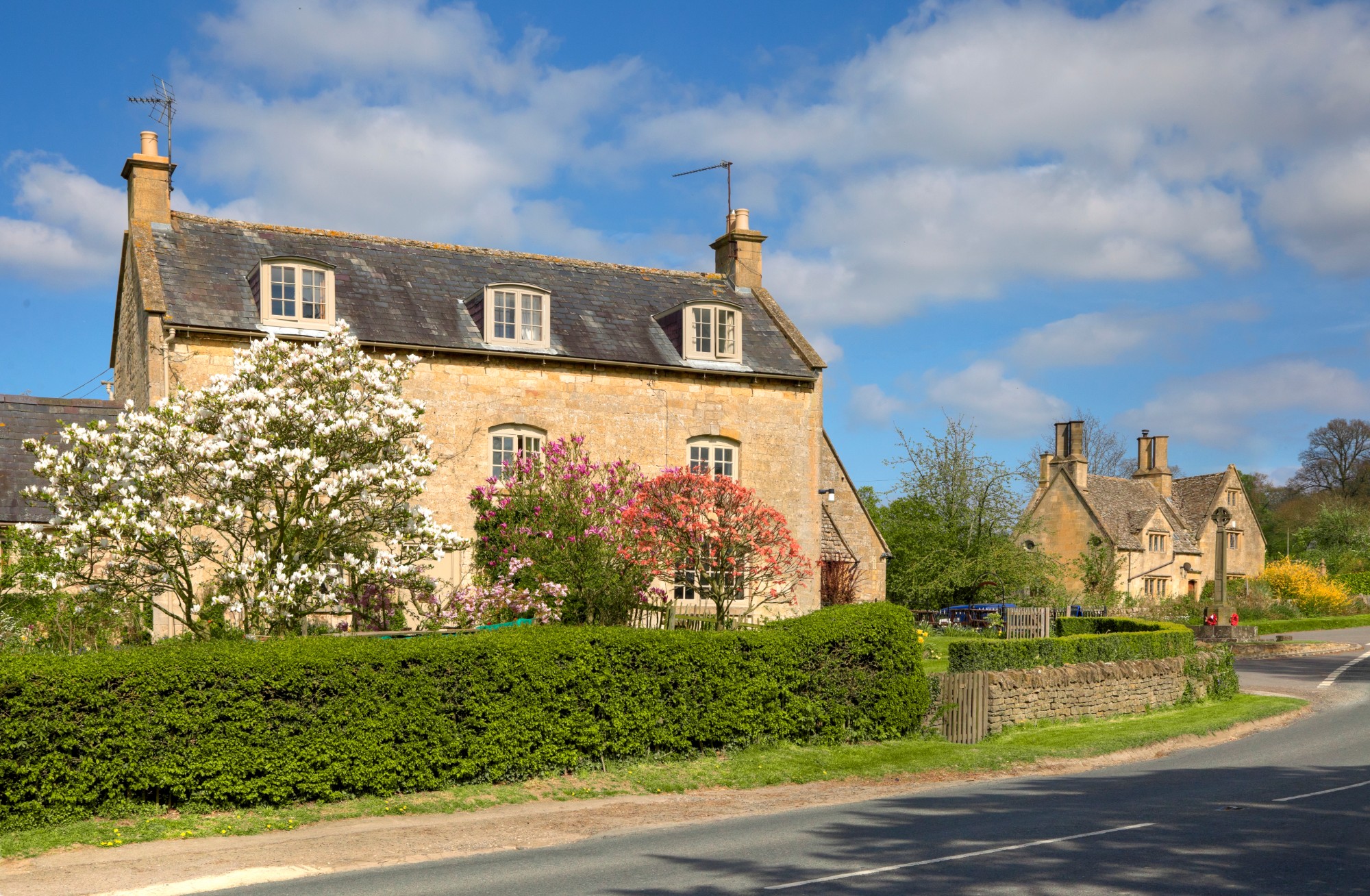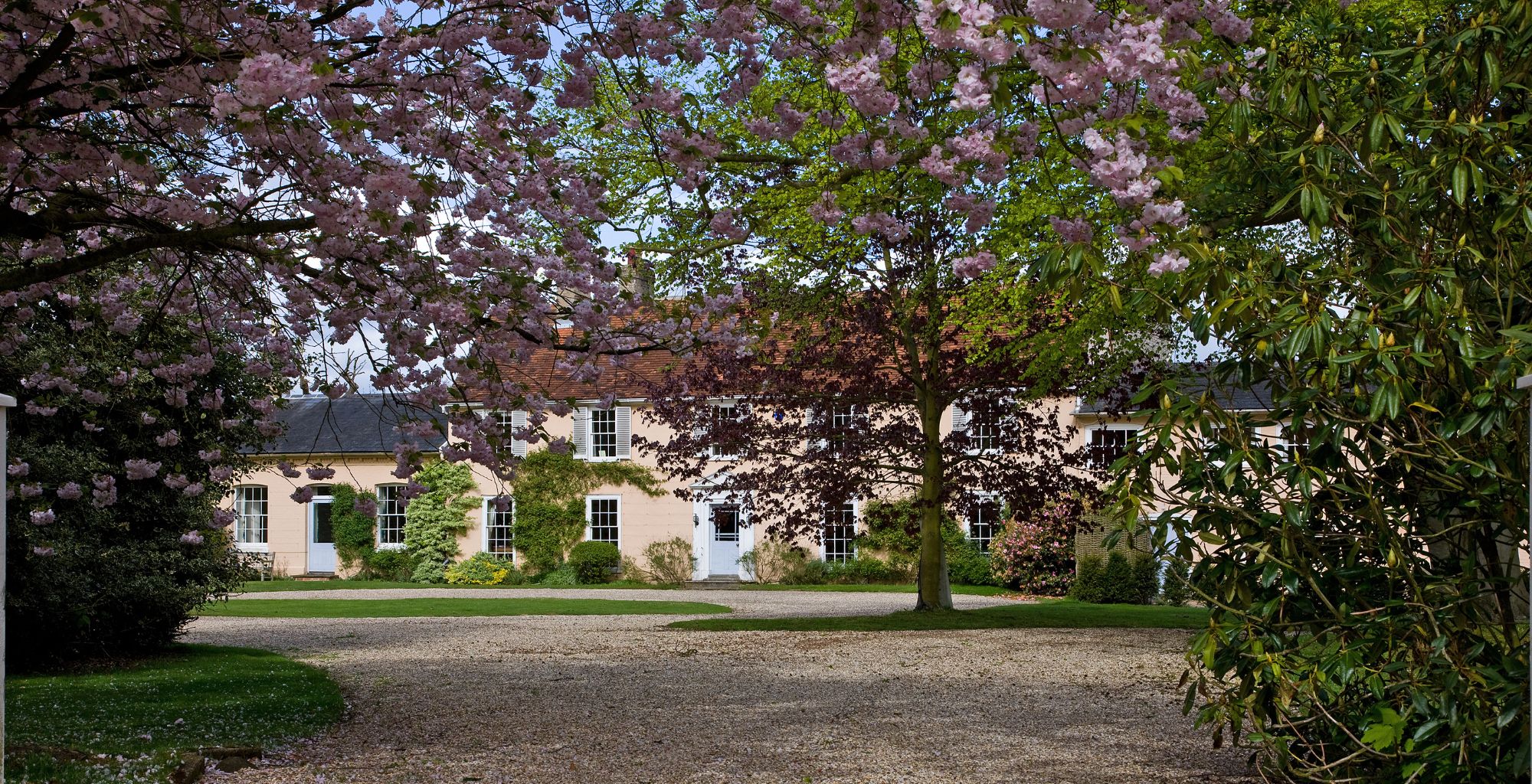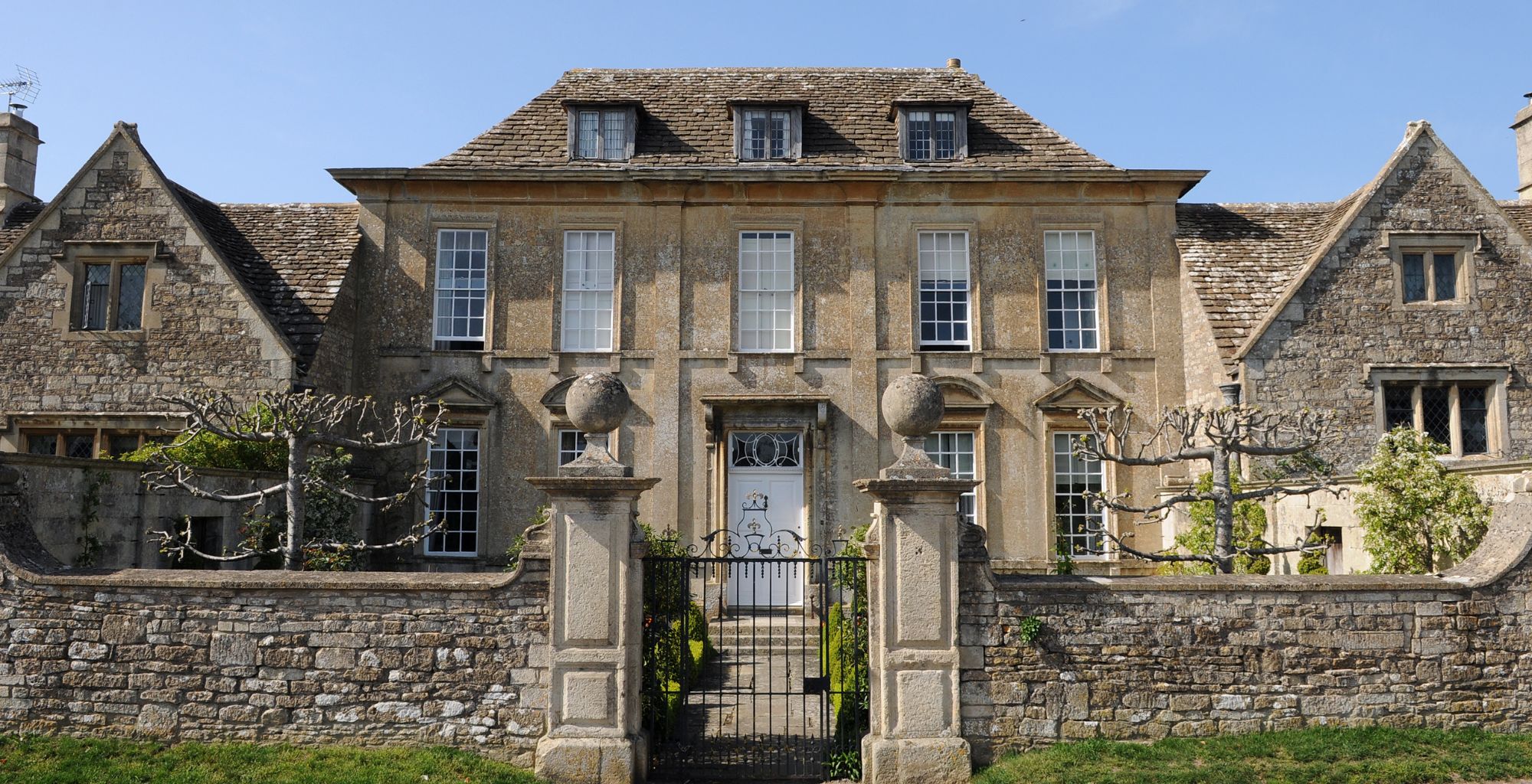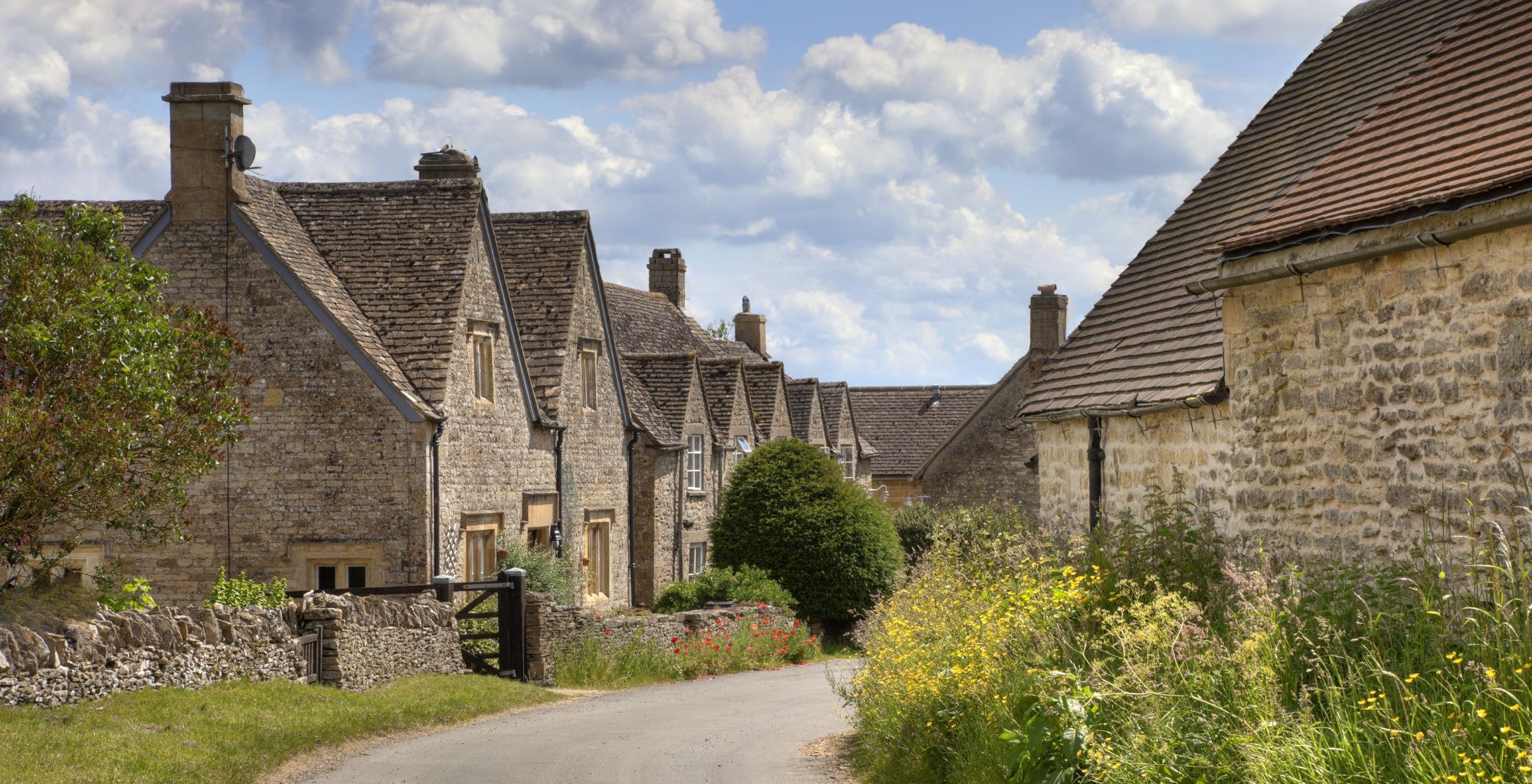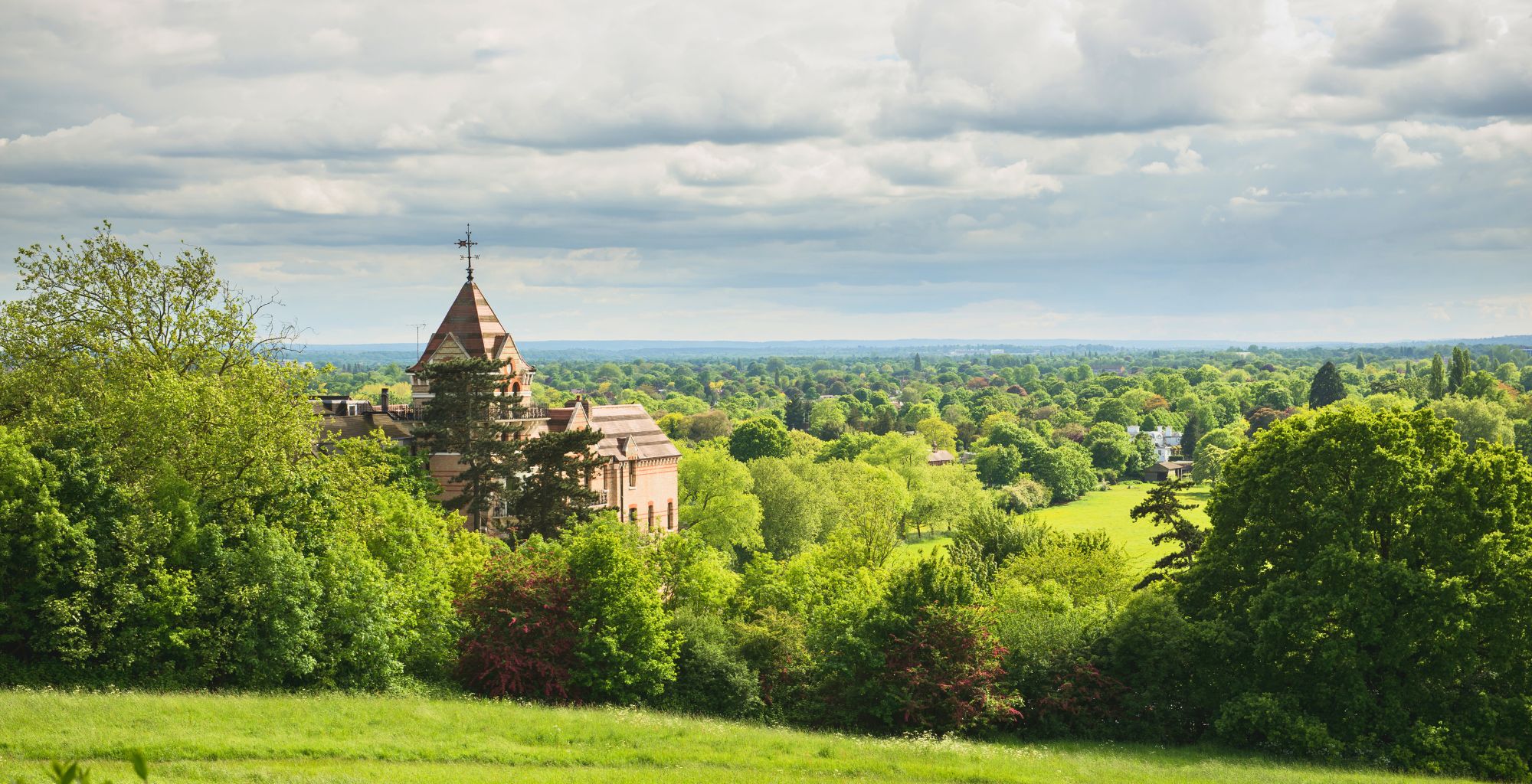Garrington is delighted to be recognised in the 2025 Spear’s Property Indices – a respected benchmark for excellence...
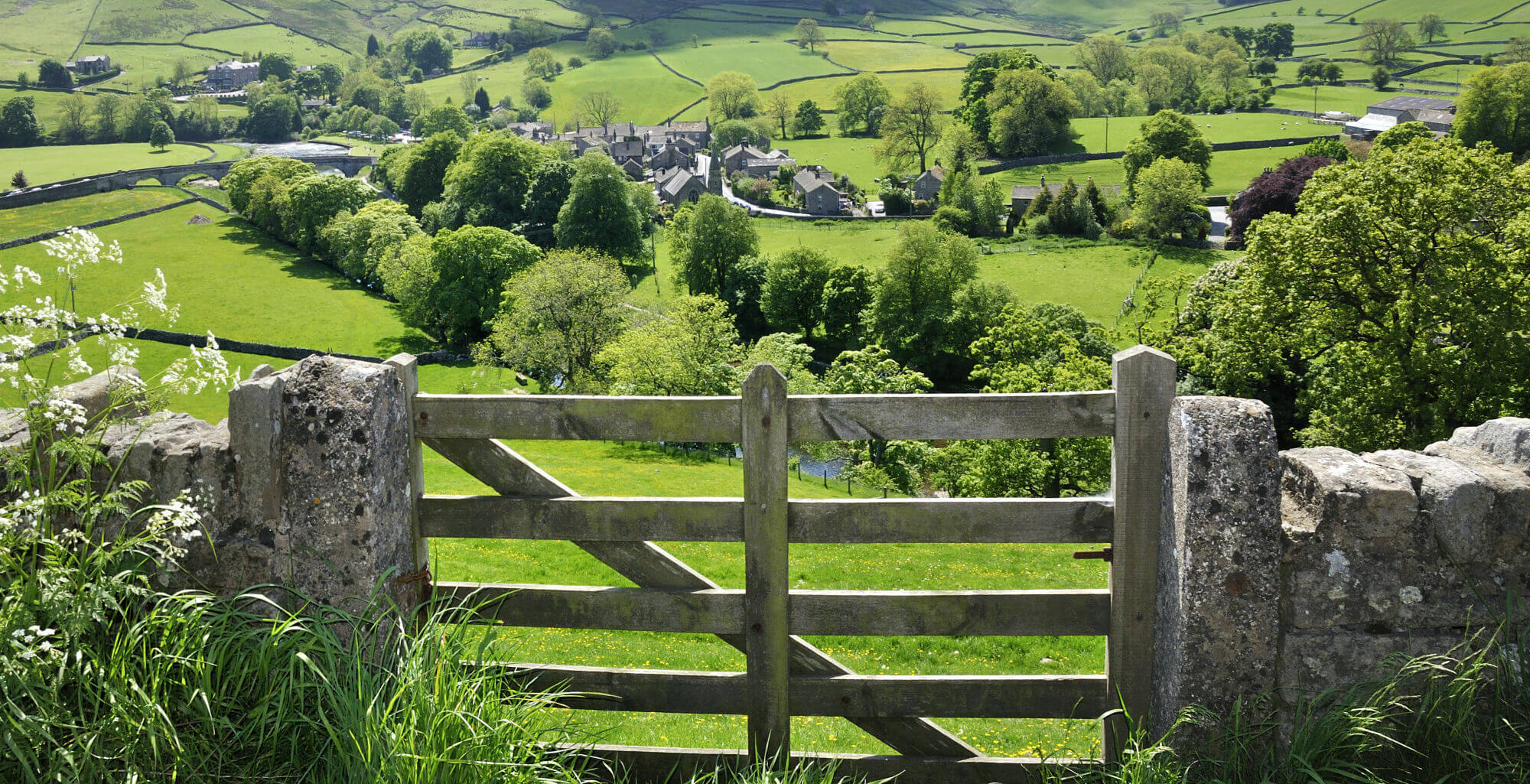
Property with stables
Property finders are approached by clients with all manner of requests, often given instructions to find anything from a house with sea views, to a home in the forest, beside a river or lake, or an equestrian property with stables.
Here we will take a look at some of the considerations when buying a property with stables and explain how a property buying agent may help you to own one.
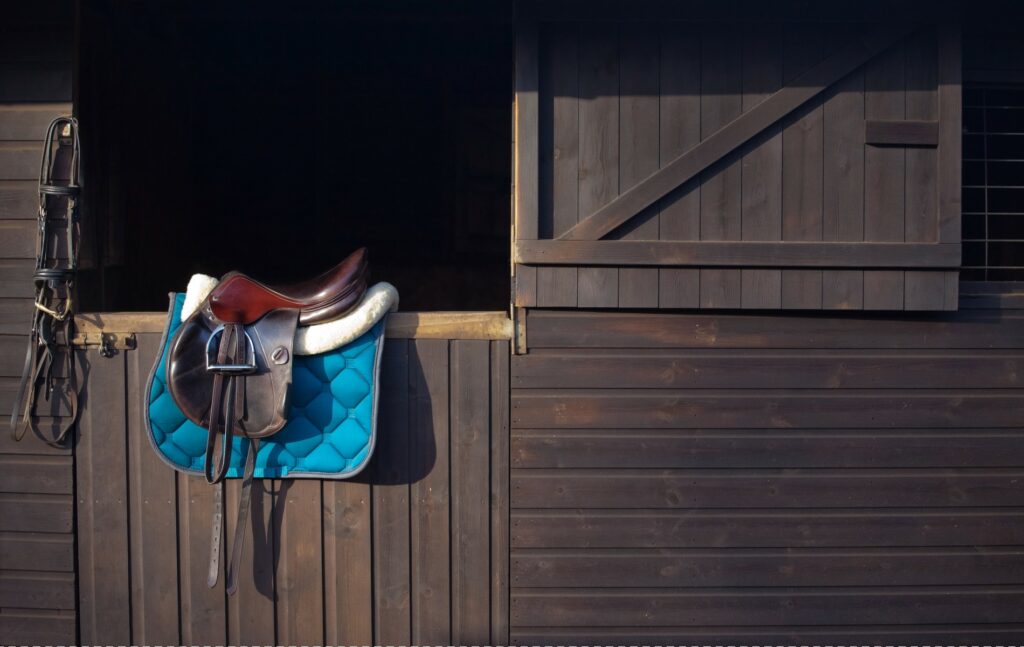
A passion for horses
The latest statistics suggest that there are almost a million horses in the UK, and an estimated 374,000 horse-owning households. According to the Equine Business Association (EBA), these are owned by 446,000 households, and support more than 18,000 equine businesses.
The British equestrian industry is a world leader and world-renowned for its equine expertise, says EBA. More people are involved with horses in some way in this country than sports such as fishing, cricket or rugby. The industry employs more individuals than the whole of the agricultural sector.
Ownership is spread between the family who may own a horse or two solely for pleasure and recreational purposes, to equestrian centres and riding schools run as a business, and to stables specifically created and run for the breeding and training of racehorses.
A survey conducted by the British Equestrian Trade Association (BETA), estimated that horse riding is currently enjoying a renewed boom, with an estimated 3 million riders – 1.8 million of whom ride regularly. The British Horse Society (BHS) is one of the leading exponents of riding for all while the British Equestrian Federation (BEF) – which is affiliated to the Federation Equestre Internationale (FEI) is the principal coordinating body for all equestrian sports.
All horse owners share one thing in common – and that is the need for somewhere to house and look after the horses owned.
The importance of stables
If you are looking for a property with stables, you are likely to be a horse owner. But that is not always necessarily the case.
The very fabric of British history has left a legacy of stable buildings that are architecturally and culturally important in their own right – whether or not their modern-day purpose is to house your horse.
There are many fine homes dotted across the UK that were built at a time when horses were an especially valuable commodity. They were essential for work on the land, as a means of transport and communication, for riding to battle, and as an expression of status and standing in the community.
Reflecting the enormous economic and social value of the horse or horses, therefore, in many instances, stables were complementary to the house, or built as close as reasonably possible to it.
Historically stables were far more than just another farm building, but a place in which to keep fed and watered valuable possessions in surroundings that reflected the architectural style and standard of the main house. The horses needed to be kept in the best of condition, to serve as a visible statement of the household’s economic and social standing and status.
From around the 16th century, Britain entered what might be described as a golden age of horse stables as freestanding buildings in their own right. The following century saw that concept developed still further as stables were built to reflect the architecture of the main residence – with symmetrical windows and grand door-openings.
The stable and its enclosed yard featured such embellishments as stone arches and clock towers, incorporating local building materials and designs, and all built to give the horses themselves their own space. The stalls – which are part of practically any stable these days – were originally devised as a space for foaling mares or sick animals.
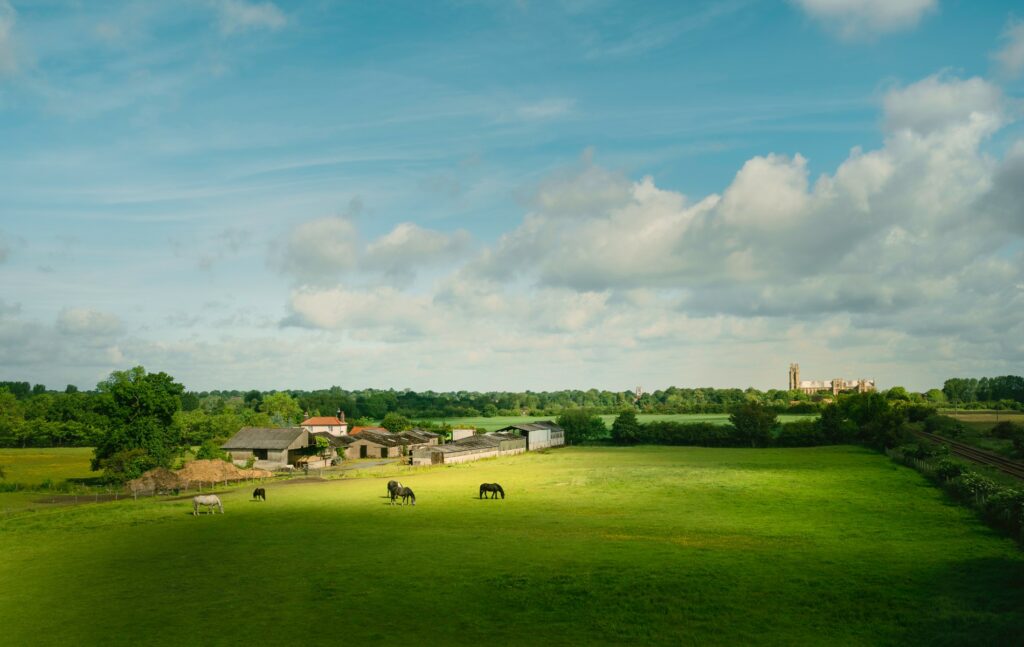
Are you looking for a property with stables?
Equestrian properties for sale vary immensely – some might be appropriate for the owner who rides only occasionally by way of a hobby or pastime, others are more suitable for business purposes, such as an equestrian centre or a stud farm:
Location
- the location of the property is a critical consideration;
- not only must it be accessible, but it also needs to be adjacent to open tracts of land, with bridleways and other grassy hacking routes nearby – if you intend to enter events and shows, then the proximity of suitable arenas may also be a consideration;
- check out how close the nearest vet is and whether there are already horse clubs and regular events in the area;
Acreage
- your one or two horses are going to need between 1½ acres per animal or around 10 acres in all and the stables need to incorporate three or four stalls;
- if you are looking to invest in a commercial venture, of course, there may be no limit to the space you need for innumerable livestock;
The land
- the quality of that land also needs to be good, since it is where your horses are going to be grazing and you need to keep them fit, healthy and free of ailments;
- that may be a fine call, since you also want to avoid grass that is too rich and lush, for fear of your horses over-eating and developing a condition known as laminitis;
- the soil needs to be free-draining, but equally important is proximity to the stables of a plentiful supply of water – since each horse is likely to be drinking between 5 and 10 gallons of it a day, while you also need it for cleaning and hosing down the stalls and stable yard;
The stables
- the stables themselves need to be well-built, of course, preferably facing away from prevailing winds, and have both electricity and water supplies;
- each stall needs to measure at least 12’ by 12’ to provide sufficient comfort for each horse;
- there needs to be a large tack room incorporated or adjacent to the stable;
- a separate, covered storage area is likely to be needed for straw, hay and other feedstuffs.
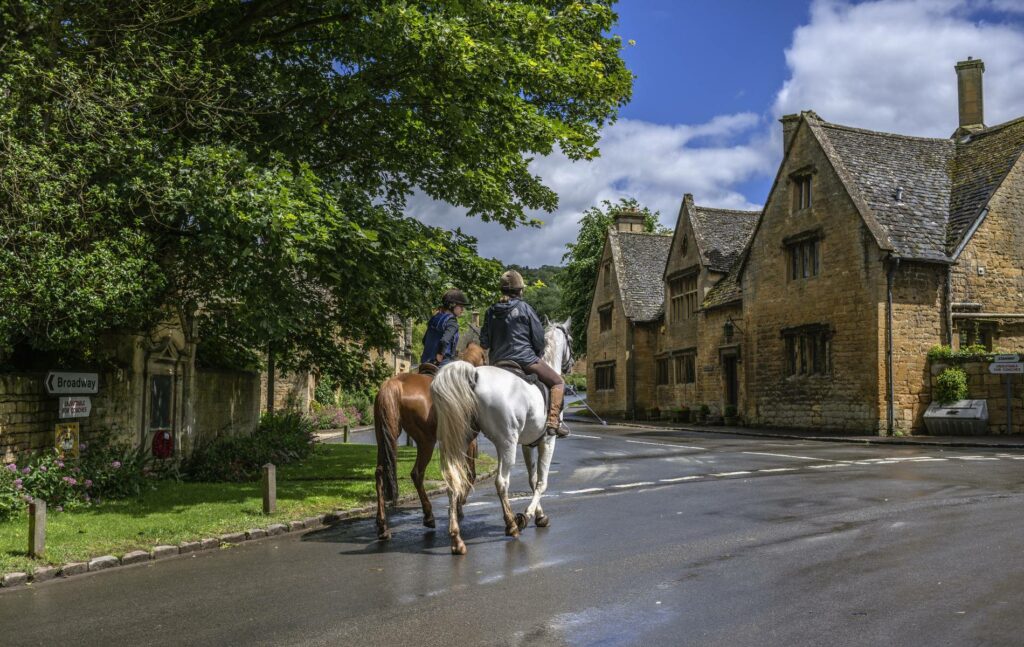
Building stables – Key considerations
In the UK, constructing stables on land involves navigating a complex set of legal and planning considerations. Primarily, planning permission is essential. The need for permission hinges on factors like the size and scope of the project, the land’s current use, and its location, especially if it’s in a designated area like a National Park or Green Belt.
When applying for planning permission, the local council assesses the impact of the stables on the environment, local infrastructure, and the character of the area. They also consider the welfare of the animals and any potential nuisance issues like noise or odour.
Additionally, building regulations must be adhered to, ensuring the stables are structurally sound and safe. This includes considerations for access, drainage, and waste management.
It’s also important to check if the land is subject to any agricultural ties or covenants that might restrict building.
For those looking to purchase property with existing stables, due diligence is key. It’s crucial to ensure that previous owners obtained the necessary permissions and complied with all regulations. This guards against future legal complications.
While building stables can add significant value to a property, it requires careful planning and adherence to legal and regulatory requirements. Seeking professional advice is highly recommended to navigate this process successfully.
The role of a property buying agent
A property buying agent brings professionalism and expertise to your quest for a property with stables and exercises that specialist knowledge, combined with contact through a network of trusted partners, to secure the very property you are after.
These professionals make exhaustive and extensive searches on your behalf. They are able to reach those parts and those markets which few others can. The searches are all in line with the particular type of property you have specified, and you may rest assured that every enquiry and every aspect of their investigation and negotiation is conducted with the utmost respect for your privacy and confidentiality.
If that is the service you are looking for and want to find an equestrian property, please contact us today here at Garrington Property Finders.
